
Simulation-based training – it’s just like the real thing!
By conducting training sessions, students in a simulation lab develop and maintain knowledge, skills, and competencies such as interviewing skills, working with certain equipment, and teamwork procedures.
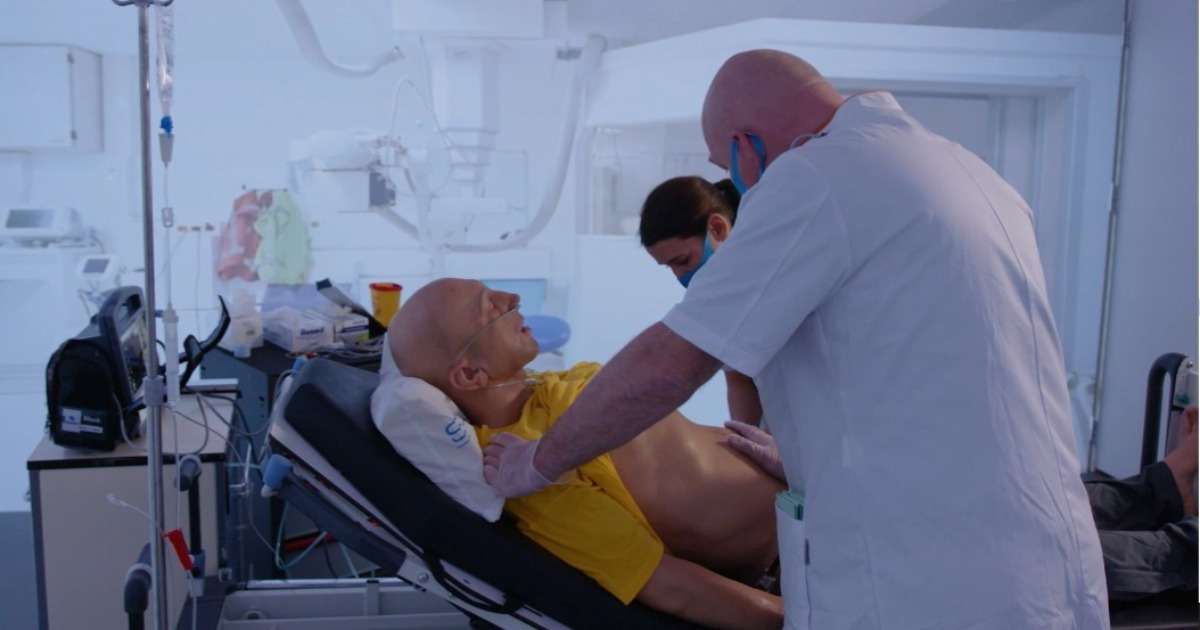
5 reasons to attend IMSH 2023, a.k.a. the medsim conference
The Society for Simulation in Healthcare (SSH) organizes the International Meeting on Simulation in Healthcare (IMSH), which is the world’s largest scientific conference.
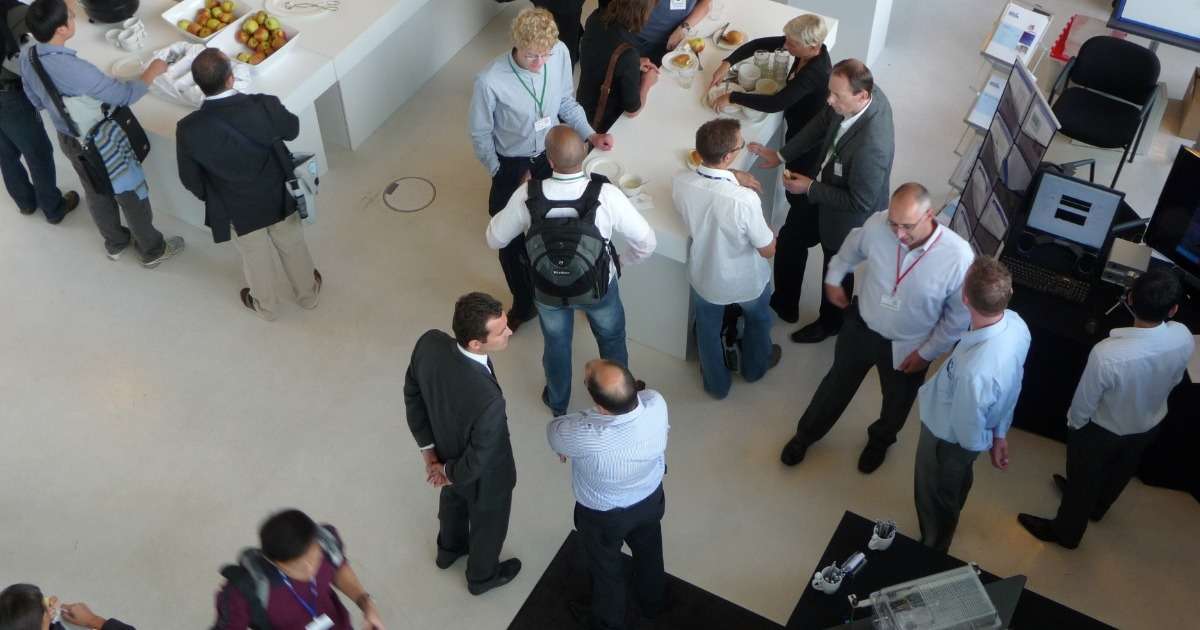
Psychology conferences in 2023
Conferences are a great way to combine work, knowledge, and social interaction with your peers. Like previous years we’ve put together a list of international psychology conferences in 2023 to help you out!

3 debriefing steps to evaluate a training session
Debriefing digs into what and why things happened and explores implications for the future. You will gain insights in what to repeat and what to change.

Understanding behavioral psychology with The Observer XT
What causes you to procrastinate, eat junk food, or form a habit? Questions like this, about the connection between our minds and our behavior, are studied in behavioral psychology.
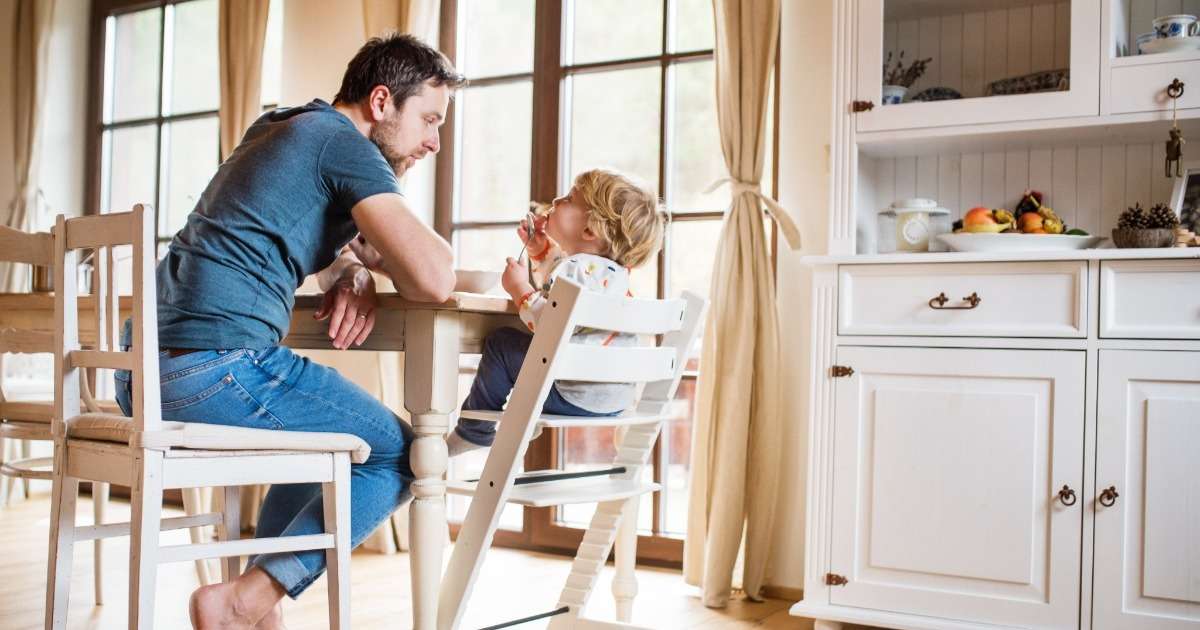
The New Jersey Families Study: unlocking the black box
Families are children's first teachers and home is their first school. Often we wonder or guess how such teaching is going. The NJFS, performed by the University of Princeton, offers insights.

Examples of Human Behavior Research
We humans are an intriguing species and it's no wonder researchers have always been fascinated by human behavior. Here are some examples of human behavior research over the years.
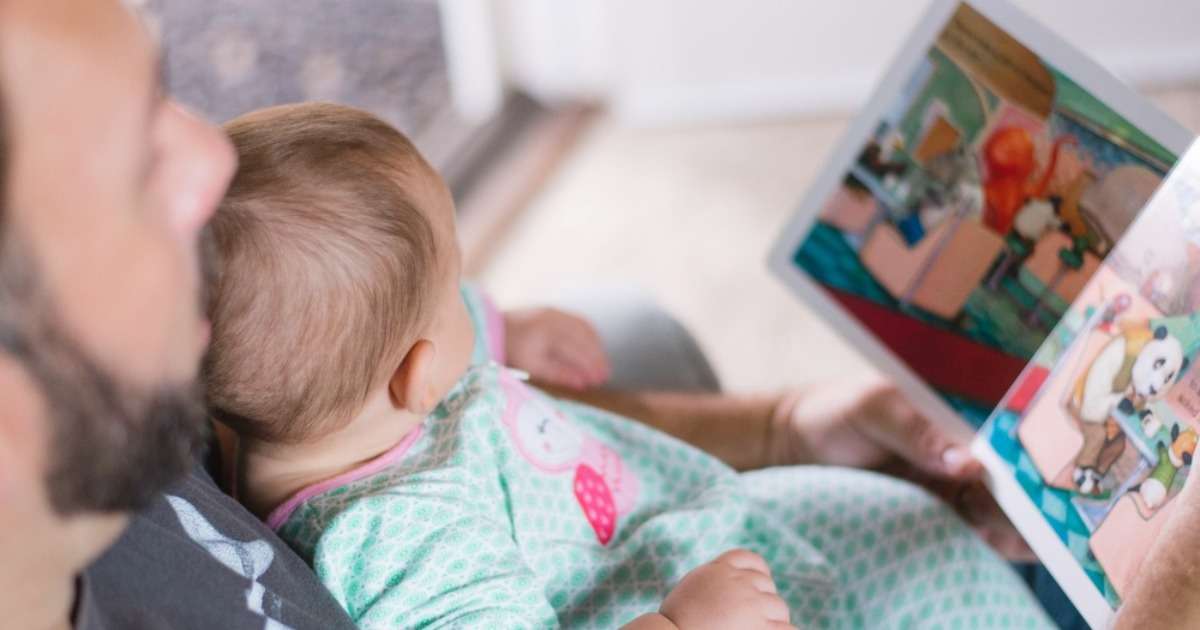
The importance of measuring infant behavior for early diagnosis of autism
Most efforts to detect autism before the age of two rely on parental reports rather than infant behavior.
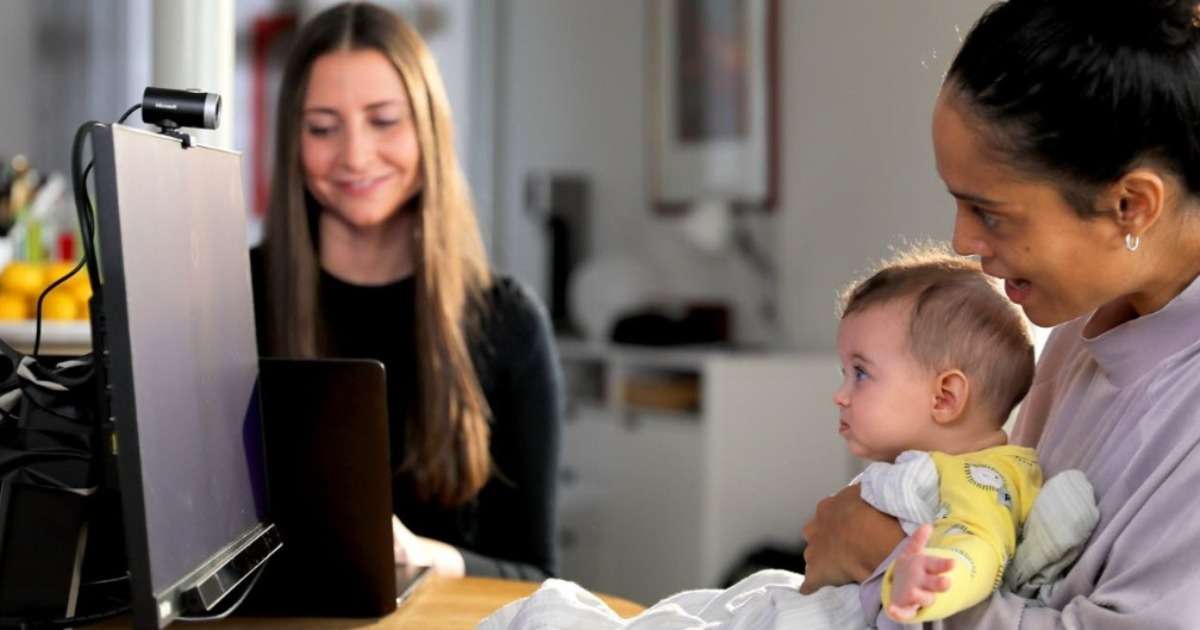
The importance of a multi-method approach in infant behavior research
The study of infant behavior provides incredible insight into the field of psychology, developmental biology, neuroscience, and other social and life sciences.
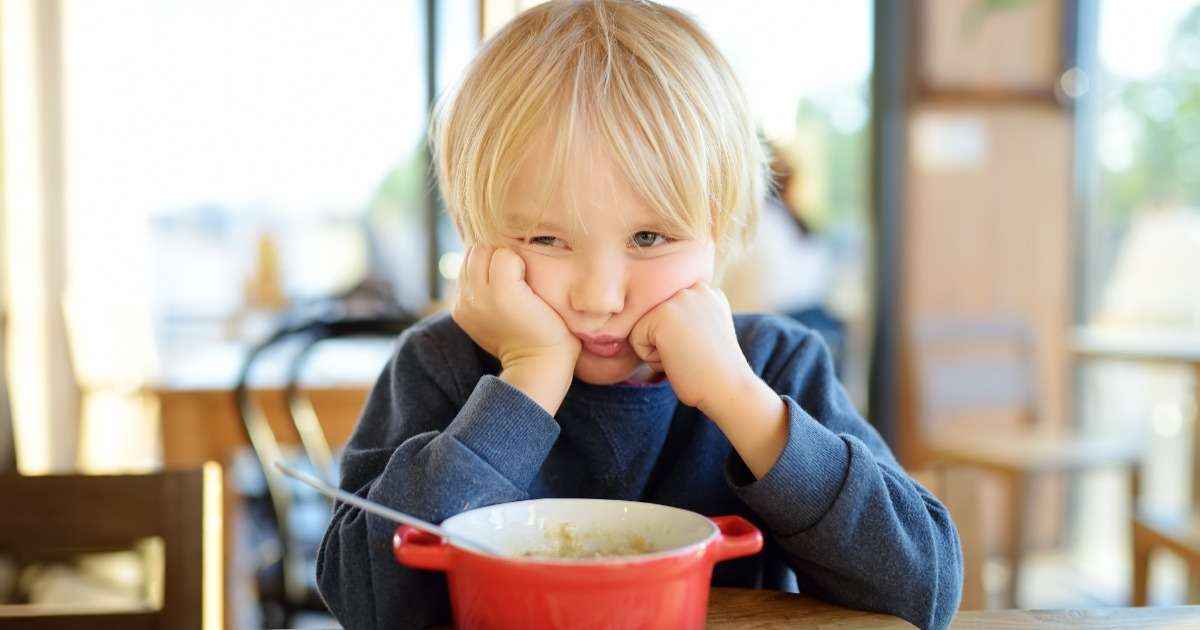
Using observational research to capture parent-child interaction
Researchers examined whether a combination of child and parental factors, such as the child's emotional temperament and parents' controlling feeding practices, influence food fussiness.
